Tooth extraction is a routine procedure that many people have to do for different reasons. Sometimes the tooth is so decayed that it is beyond salvation, and sometimes one or more teeth need to be extracted to make room for other teeth.
In most cases the procedure is completed with no problems or complications, but in some cases, for example with difficult root morphology, strong supporting tissue, deep caries, or brittle teeth, the procedure can result in complications.
Complications During the Procedure
Complications can occur during or after the tooth extraction procedure. One of the common problems that occur during the procedure is damage to the nearby teeth. The adjacent teeth or dental restorations like implants, crowns, or bridges, can suffer damage and be fractured, chipped, or loosened during the extraction. In those cases, the teeth may need additional work.
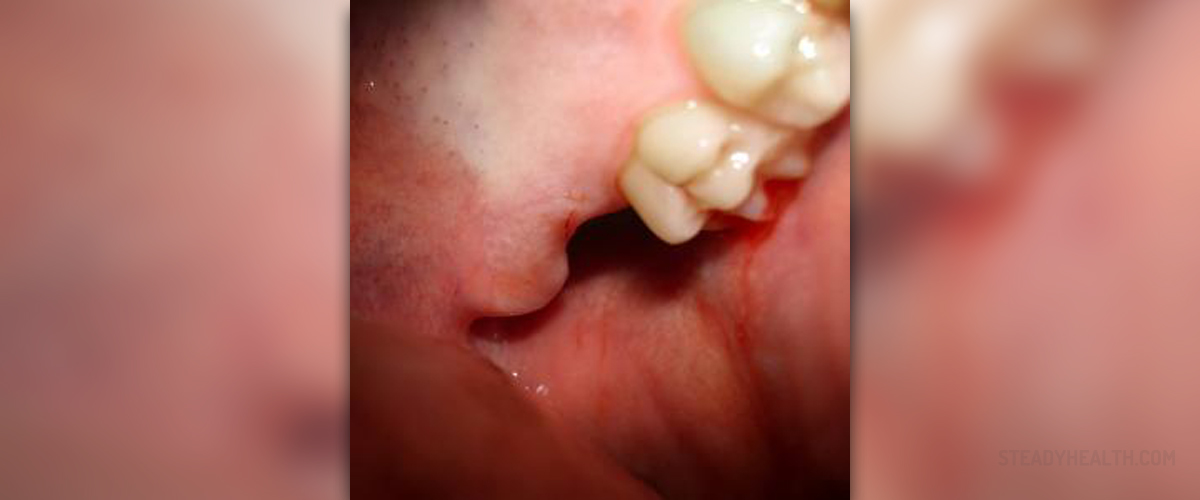
If the tooth is weak or brittle, it may break during the extraction. This complicates the procedure and may require sectioning.
Sometimes a small part of the tooth may be left behind in the jawbone. Even though the leftover fragment can cause an infection, many dentists prefer leaving it in, because its removal may result in more serious complications, like nerve damage.
Extraction of the molars in the upper jaw may create a hole in the sinus just above it and may lead to sinus infection. The hole usually heals and closes on its own, but in some cases, it requires surgery.
Extraction of teeth in the lower jaw, on the other hand, may lead to nerve damage, namely to the alveolar nerve. The consequences include numbness of the lip and chin that may last from several weeks to several months. In rare cases, the nerve does not heal, and the numbness is permanent.
People with a jaw fracture possibly have weak jawbone structure.
Complications After the Procedure
Dry socket is a common complication that occurs in approximately 5 percent of all tooth extraction procedures. It occurs when the blood clot in the tooth socket does not form well or is dislodged and removed. The underlying bone and tissue are exposed to air and food particles, causing intense pain and bad odor or taste.
Infection is another common complication after tooth extraction, and it is usually a result of not following the recommendations regarding aftercare. Infections include symptoms like pain, bleeding, redness, swelling, and fever, and they are usually treated with antibiotics.
There is bound to be some bleeding after the tooth extraction, but if it does not subside after a few days, it is a sign of a complication, and it requires medical attention.
- To establish a management protocol for the lower third molars, the prevalence of and risk factors for postoperative complications after lower third molar extraction were investigated in a large number of Japanese patients in a multicenter prospective study.
- During 6 consecutive months in 2020, 1826 lower third molar extractions were performed at the 20 participating institutions. The medical records of the patients were reviewed, and relevant data were extracted. The prevalence of and risk factors for postoperative complications were analyzed. The prevalence of postoperative complications after lower third molar extraction was 10.0%.
- Multivariate analysis indicated that age (?32 vs >32, odds ratio [OR]: 1.428, 95% confidence interval [95% CI]: 1.040–1.962, P



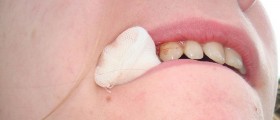
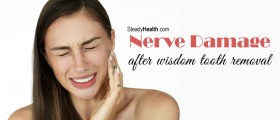

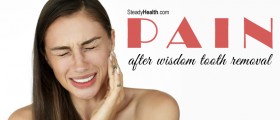
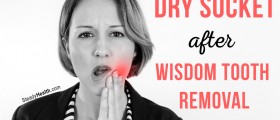

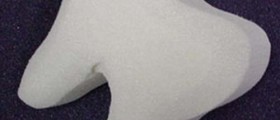

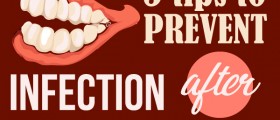

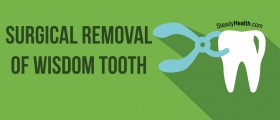

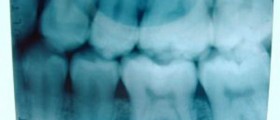

Your thoughts on this
Loading...